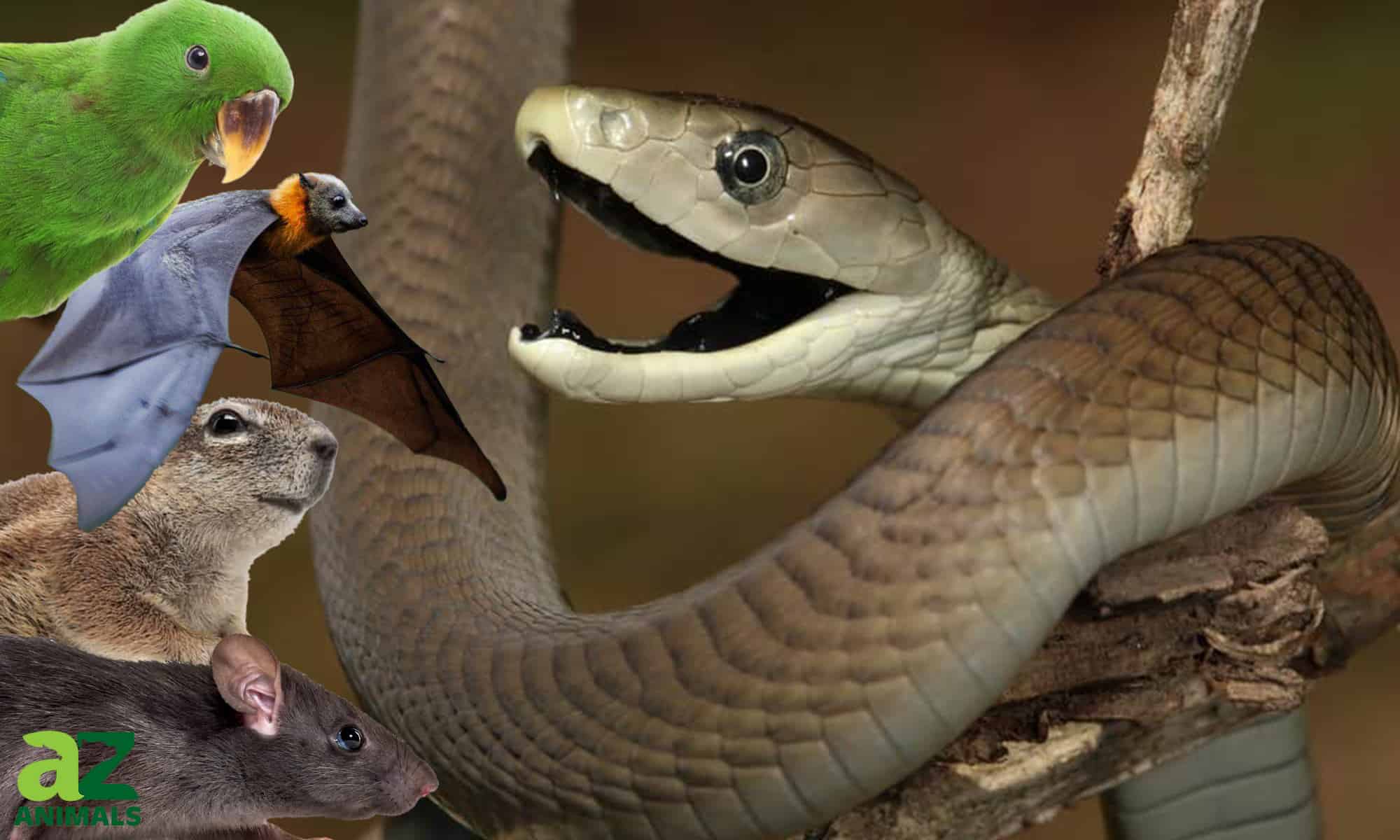

He doesn't wear any armor to protect against bites, which are exceedingly rare. The snakes can vary dramatically in size but handling each one requires the same level of vigilance, Frank said. Inside Frank uses a hook to wrangle each snake from its crate, ultimately gripping near its head. But the real draw takes place behind a plate glass window.īefore entering the extraction area, Frank goes through the same "IMSAFE" checklist used by pilots - illness, certain medications, stress, alcohol, fatigue or emotion could put him at risk while handling potentially deadly animals, he explained. Some of the animals on display at Mtoxins can't be found at any zoos in Wisconsin or in the surrounding states, he said. 7, 2020, at MToxins Venom Lab in Oshkosh. In December the menagerie included a pair of porcupines and a parrot, which allow staff members to expand their discussions with visitors on evolutionary research and conservation, Frank said. Many of the animals come from partnerships with zoos, and a breeder in Florida provides most of the venomous snakes, Frank said.Īn eastern diamondback sits in a habitat Monday, Dec.

Visitors can see eastern diamondbacks, green mambas and other species on display. The lab is open with special safety precautions in place during the coronavirus pandemic. Seeing Extractions In ActionĪt MToxins, there are more than 1,000 animals, including some of the world’s most venomous creatures. Now visitors can watch live venom extractions and learn about the important role venomous animals have played in our own understanding of human evolution. With extra space at a new location, Frank decided to open a portion of the lab to the public. Recently, a new client has led MToxins to scale up. His company was originally called Micrurus Toxins, after their genus, but he shortened it to Mtoxins after people struggled with the pronunciation.) Mtoxins even helped researchers reclassify the world's most venomous snake from the inland taipan - which Frank keeps in Oshkosh - to the Malaysian blue coral snake. (Frank has a particular interest in coral snakes. The lab, which has four employees and a steady stream of interns, has contributed to about 25 published studies. He can't share all his lab's clients -some have NDAs - but its venom is used for both therapeutics and research. Now Mtoxins is one of fewer than a dozen labs across the globe producing the venom that goes into antidotes for snake bites and scorpion stings, Frank said. It started when the University of Queensland in Australia reached out to see if Frank could provide venom for research from one of his rare species. Over the last decade, his passion has led to a unique business. "As a little kid I wanted to keep venomous snakes, and as I got older, I decided to start keeping some snakes that no one else was keeping in the United States," he said. He's been keeping reptiles and amphibians since he was 6.

Wisconsin native Nathaniel Frank grew up following turtles and flipping over rocks to look for salamanders.


 0 kommentar(er)
0 kommentar(er)
